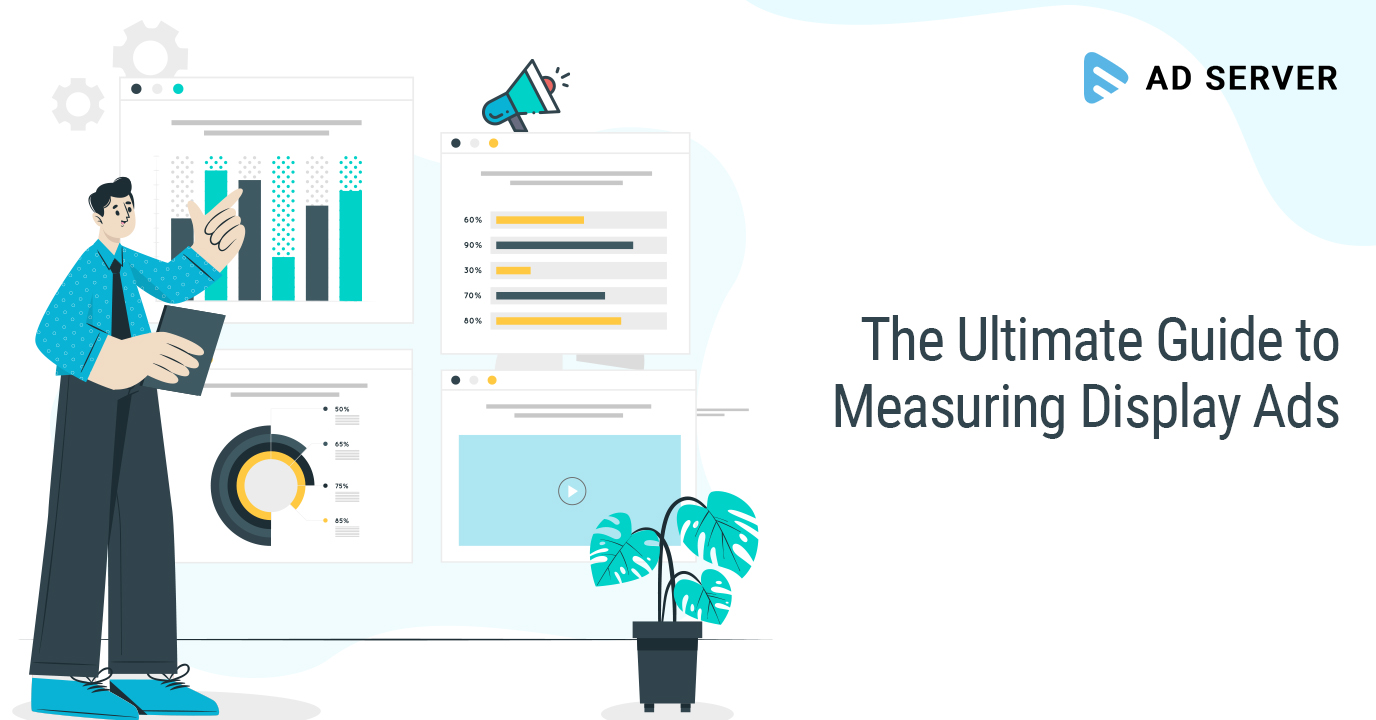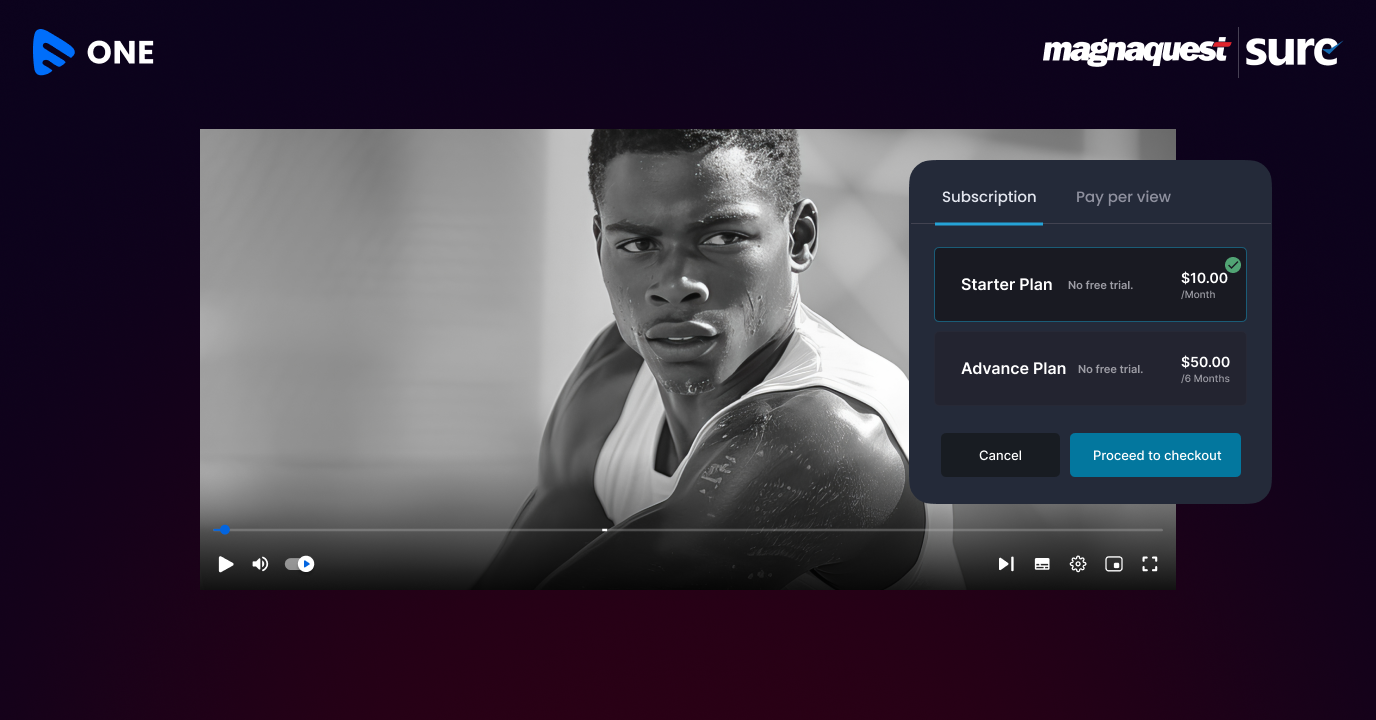Just setting up your display ad campaigns for prospective customers is not enough. Measuring display ads is equally important. Just head to the analytics page and you would be surprised to see numerous graphs and charts. Well, all of these represent important metrics from the collected data through your ads. Here are four key metrics you should measure at all stages of the display ad funnel.
Impressions
An impression can be referred to the number of times a particular ad is displayed on a website. So, whenever an ad appears before a viewer, that counts as an impression.
This metric is very useful when it comes to measuring display ads as it helps quantify the number of times your ad appears on any given website, so that you can measure an ad’s performance against click-through rate.
The more the number of impressions, the more likely your display ads are being viewed by a wider audience. However, other ad metrics also need to grow with it and if it doesn’t, it probably means there’s a leak somewhere in your funnel. Issues like targeting, uncompelling ad messaging, poor graphics or even a poorly converting landing page could act as problem areas.
The biggest advantage of gaining a high number of impressions is brand awareness. The more people who see your ad, the more your brand is reinforced.
However, one disadvantage of making judgments based on impressions is that you don’t know if the user is actually seeing your ad or not as they might just scrolls right past without paying much attention.
To know more about display ads, read our blog Getting to Know Display Ads: An Introduction.
Click-through Rate
Click through rate, which is also known as CTR, measures the number of viewers which actually click on your online display ad. It’s calculated by the ratio of impressions to clicks. For example, if your ad receives 1,000 impressions and you generate 20 clicks, then you will have a click-through rate of 2%.
CTR is a really reliable metric for measuring display ads, as it reflects a tangible action being taken by the lead after seeing your ad. This metric helps you measure the effectiveness of your ads. But you should also take into consideration the intent behind why someone clicked. At the end of the day, it’s all about conversions.
Reach
Reach refers to the actual number of people who saw your ad. Therefore, in simple words, reach means the unique number of views on your display ad.
Optimizing reach enables you to ensure that you are not showing the same ads to the same people in order to avoid ad fatigue. So make sure you have your targeting optimized.
Conversion Rate
Known as the most important metric for display advertising, conversion rate is the number of people who click-through to your landing page and then take a desired action like making a purchase, taking free-trial, etc.
If you are constantly getting a low conversion rate, it could mean:
- You’re generating low-quality traffic
- You have not optimized your landing page
If you are getting low quality traffic, then go back to your targeting settings and get more granular. Run an audit to see which websites, audiences, etc are taking action and which websites are performing poorly.
For optimizing landing pages, run A/B tests like changing headlines, CTAs etc.
Retargeting
Retargeting is a fantastic way of capturing lost leads by serving ads to users who have already visited your website. In this way, relevant ads are displayed to users based on the content they have been viewing on your website. Retargeting works excellently as a reminding tool- it reminds the visitor of your product as they continue browsing the internet irrespective of the different platforms they are on, be it social media, their favorite news site, or researching your competitors. Also, the partnership between cross-platform advertising and retargeting is proven to yield results.
For a more detailed picture of how remarketing works, take a look at our blog How Does Retargeting Work?
Wrapping up,
In order for you to run display advertising successfully, you need to optimize the performance of your metrics. The key is not to pick one and run with it, but to combine all of them and discover what works best for your organization.
Muvi Ads lets you host and deliver multi-format retargeting ads to your websites and apps seamlessly across multiple platforms. Supporting dynamic ad insertion, geo-targeting, and low latency as delivery, Muvi Ads requires no minimum views to open an account. Not only that, but you also get to keep 100% of the Ad Revenue!
Take a 14-Day Free Trial, now!













Add your comment